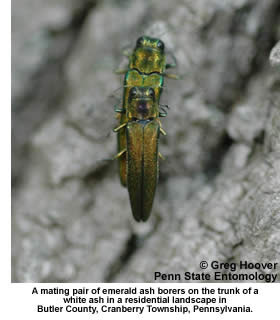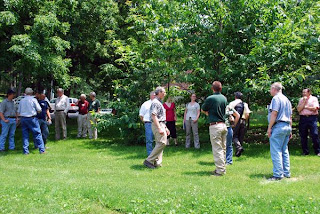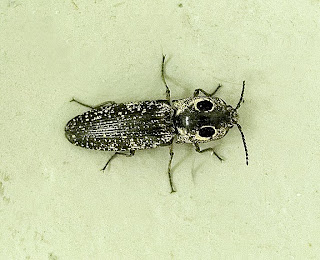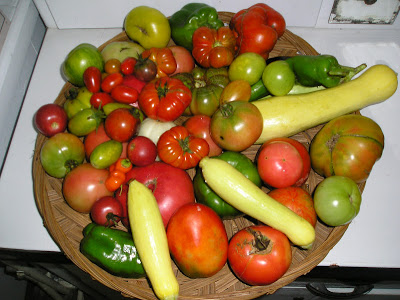If you attended the "Gardening With Good Bugs" class this Spring, you know of my love of, and fascination with, honeybees -
Apis melliflera. Yesterday, I attended a class taught by Alex S. for the regional advanced master gardener diagnostic training, and learned something new about these way cool insects.
Their genetic structure is described by scientists as haploid/diploid, a system where the male honeybee, the drone, has only 1/2 the genetic makeup of his female counterparts (queen and infertile females - workers). If the queen lays an unfertilized egg, i.e., without any sperm that she's been carrying around since her mating flight, it will always develop into a haploid male, with only 1/2 the normal complement of chromosomes. And, all of those chromosomes come from his mother - the queen. If the queen decides to lay a fertilized egg (no one knows how she makes that determination), it will grow into a diploid female with a full complement of genes. In most cases, that female will grow into a regular, infertile worker. More on that later.
This system leads to a weird situation where male honeybees have no fathers, and can't have sons, but can be grandfathers, and can have grandsons. It also means that the female worker shares 75% of her genetic makeup with her sisters - more than with her mother or father (in the same way that identical twins share 100% of their genetic makeup with each other - more than the 50% each they get from Mom and Dad.) In both cases, the siblings are more closely related to each other, than they are to either of their parents.
Another oddity of this system, is that if the workers decide (no one knows how they make that determination), that they want or need a new queen, they'll feed a developing, fertilized egg (a female sister), a rich combination of honey and pollen, called royal jelly, which will provide enough protein for their sister to develop ovaries, and become a fertile female, or a new queen.
So, the main way for a queen to spread her genes to future generations, is through her sons, the drones, who have 100 % of her genetic material. The main way for infertile sisters to spread their genes, is through the creation of a new queen sister, who will share 75% of their genetic material.
The situation gets further complicated by the fact that a queen retains sperm from multiple males during her mating flight, so within the same colony, there may be different subgroups of related sisters, depending on who the dad was.
The complications keep coming. The description of the worker as infertile, is not exactly accurate. If a colony loses a queen, a worker can, and will start laying eggs. However, the eggs will always develope into a haploid male drone.
Weird, but way cool, stuff.
Here's the
wikipedia entry.
UPDATE: Alex informs me it can get even weirder. Sometimes, on rare occasions, a diploid male is produced. If that happens, however, he is sterile. The more you learn, the more you find out how little is really known ...






